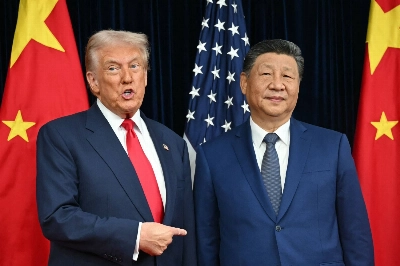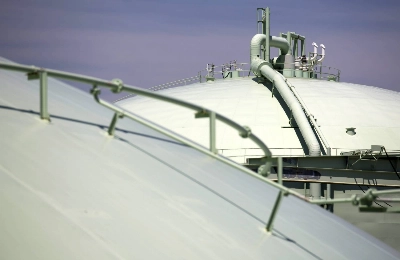The first round of the bilateral economic dialogue between Japan and the United States, which Prime Minister Shinzo Abe and President Donald Trump agreed to initiate in their February summit, ended last week without going into substantial discussions, only setting the stage for talks to continue between Deputy Prime Minister Taro Aso and Vice President Mike Pence in three areas, including trade and investment rules. The U.S. side indicated, however, that Washington hopes the dialogue will pave the way for a bilateral free trade agreement and steps to trim its trade deficit with Japan.
Despite the tough rhetoric of the Trump administration in its "America First" policy, trade issues between the two countries are nowhere near as serious as they were in the 1980s, when trade friction was the main concern in the bilateral relationship. Then, Japan was the source of roughly half of the overall U.S. trade deficit. Today, it has the second-largest trade surplus with the U.S. but accounts for only 9.4 percent of the total, compared with China's 47 percent. In direct high-level talks with Japan, the U.S. side reportedly hasn't hurled unilateral accusations on trade matters.
Still, there are some in the U.S. business community and government that persist in blaming Japan for the U.S. trade woes. In its first report released last month under the Trump administration, the Office of the U.S. Trade Representative singled out Japan's agriculture and automobile markets as sectors that pose barriers to American imports. Although currency issues are not believed to have been taken up in last week's economic dialogue, the Trump administration charges that Tokyo is driving the yen down against the dollar to boost Japanese exports, and Japan, along with China and four other countries, are kept on a Treasury Department list of nations to be monitored over potentially "unfair" currency practices. An executive order signed by Trump late last month calls on the Commerce Department and the USTR to identify within 90 days sources of trade deficits with each of the countries that have large trade surpluses with America, with Japan most likely among the targets.
















With your current subscription plan you can comment on stories. However, before writing your first comment, please create a display name in the Profile section of your subscriber account page.